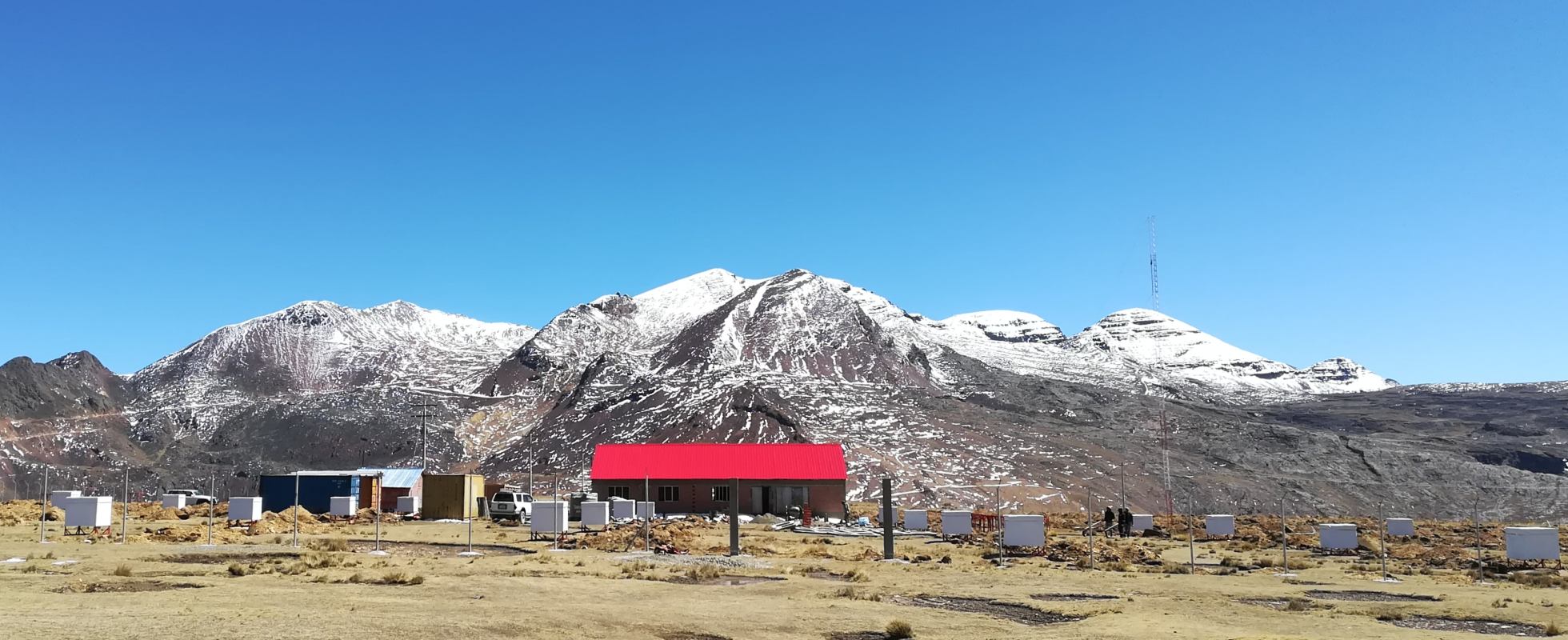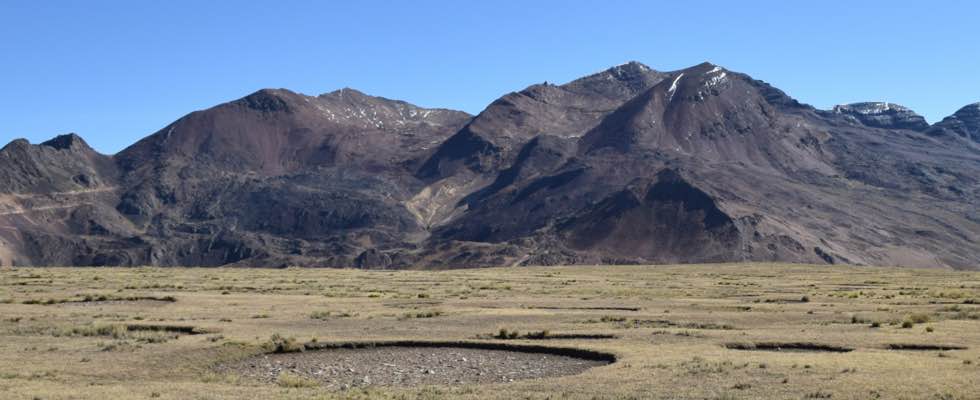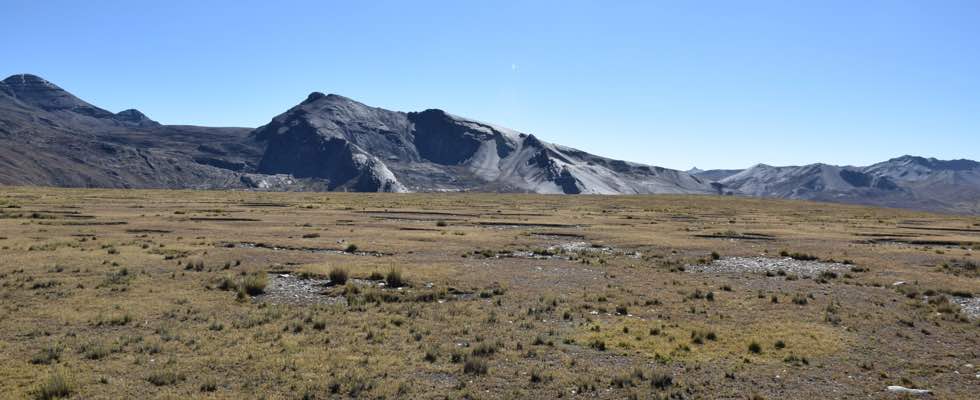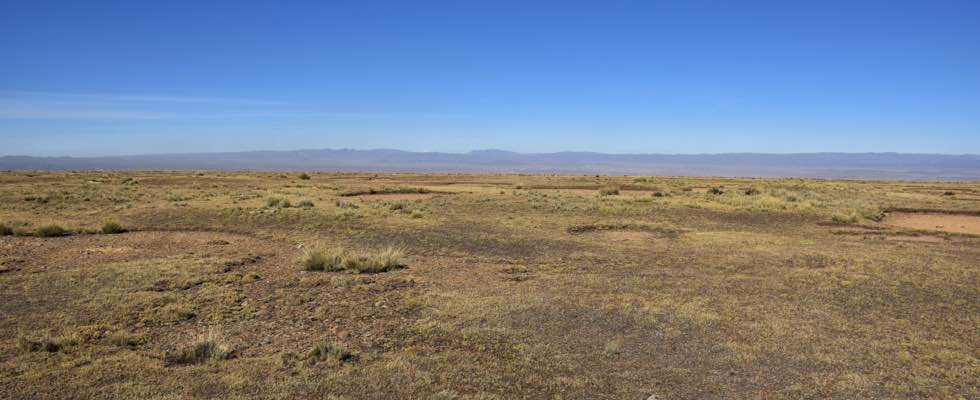About ALPACA
The ALPACA experiment is a new project aimed at the observation of cosmic rays and gamma rays, launched between Bolivia and Japan in 2016. Its primary motivation is the continuous observation of ultra-high-energy gamma rays, for the first time in the southern hemisphere, with a wide field of view and with the world’s best sensitivity."Which astrophysical objects in the Galaxy accelerate cosmic rays beyond 1015 eV?" In order to solve this mystery, which continues over a century since the discovery of cosmic rays, we are now advancing an experiment to continuously observe gamma rays from 1013 - 1015 eV in the southern hemisphere with a wide field of view. We are planning to construct an 83,000 m2 surface air-shower array and a 5,400 m2 underground muon detector array, on a highland at the altitude of 4,740 m halfway up Mt. Chacaltaya on the outskirts of La Paz, Bolivia. The muon detector array enables us to select muon-poor air showers (i.e. air showers induced by primary gamma rays) and thus improve the gamma-ray sensitivity of the air-shower array. The project is named ALPACA (Andes Large-area PArticle detector for Cosmic-ray physics and Astronomy), after the animal that inhabits South America.
A great advantage in observing the sky in the southern hemisphere is that the center of the Galaxy comes within the field of view. It has recently been suggested that cosmic rays are possibly accelerated up to ultra high energies in the extended region around the Galactic center. If we detect ultra-high-energy gamma rays produced by interactions of these accelerated cosmic rays with ambient gas, we will be able to make great progress in the study of the origin of cosmic rays. We also have a lot of other promising candidates for cosmic-ray accelerators observable, such as supernova remnants.
In addition, we can contribute to the following various research themes related to cosmic rays. The measurement of the energy distribution of each cosmic-ray nucleus around the “Knee”leads to the investigation of the origin of cosmic rays, along with the above-mentioned ultra-high-energy gamma-ray observation. The observation of the cosmic-ray anisotropy in the southern celestial hemisphere will produce new information on the flow of cosmic rays in the vicinity of the solar system, together with the data obtained for the northern celestial hemisphere. As to the solar coronal magnetic field, a large amount of data expected from the near-equatorial location of the experimental site will make a detailed study possible.









